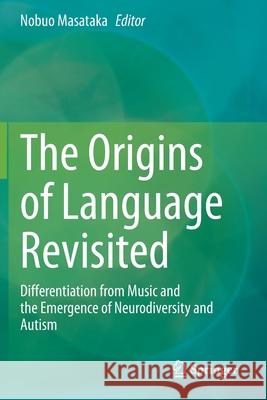The Origins of Language Revisited: Differentiation from Music and the Emergence of Neurodiversity and Autism » książka
topmenu
The Origins of Language Revisited: Differentiation from Music and the Emergence of Neurodiversity and Autism
ISBN-13: 9789811542527 / Angielski / Miękka / 2021 / 345 str.
The Origins of Language Revisited: Differentiation from Music and the Emergence of Neurodiversity and Autism
ISBN-13: 9789811542527 / Angielski / Miękka / 2021 / 345 str.
cena 685,93 zł
(netto: 653,27 VAT: 5%)
Najniższa cena z 30 dni: 655,41 zł
(netto: 653,27 VAT: 5%)
Najniższa cena z 30 dni: 655,41 zł
Termin realizacji zamówienia:
ok. 22 dni roboczych
Bez gwarancji dostawy przed świętami
ok. 22 dni roboczych
Bez gwarancji dostawy przed świętami
Darmowa dostawa!
Kategorie:
Kategorie BISAC:
Wydawca:
Springer
Język:
Angielski
ISBN-13:
9789811542527
Rok wydania:
2021
Wydanie:
2020
Ilość stron:
345
Waga:
0.50 kg
Wymiary:
23.39 x 15.6 x 1.88
Oprawa:
Miękka
Wolumenów:
01
Dodatkowe informacje:
Wydanie ilustrowane











